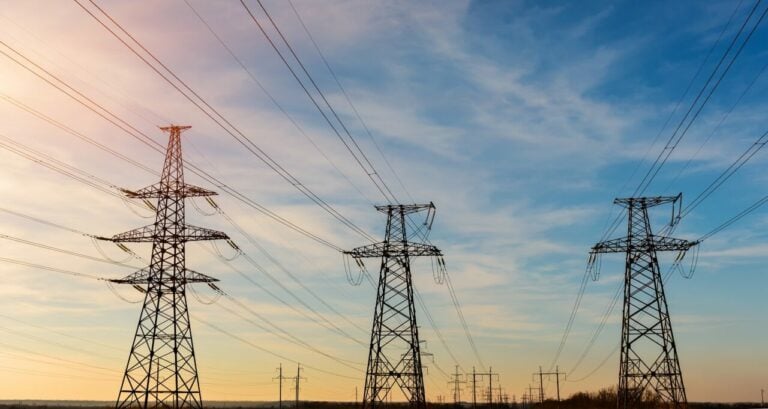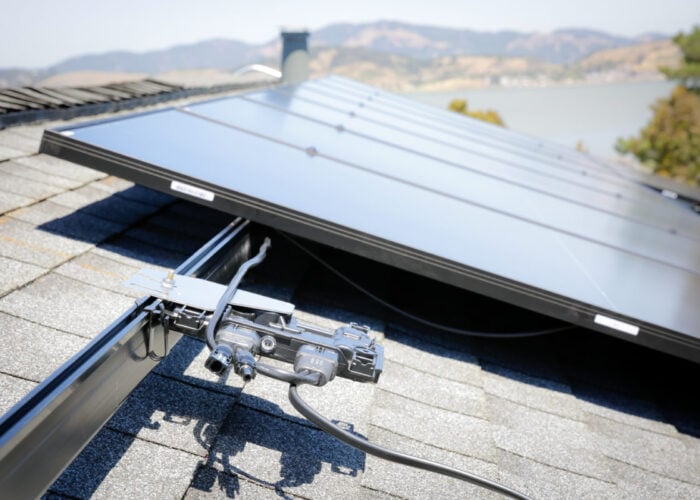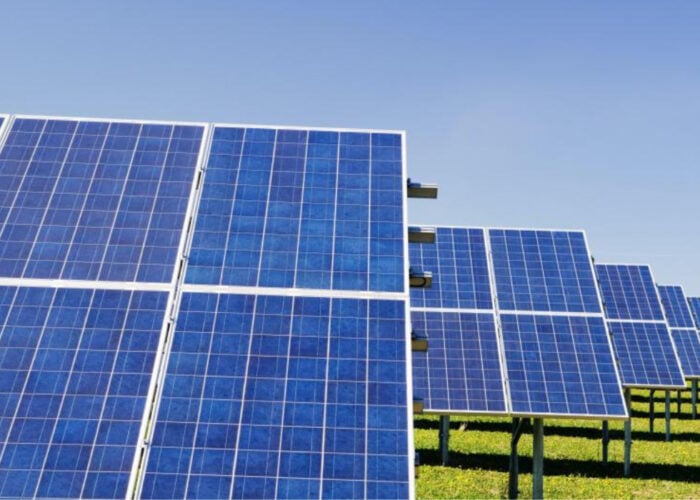
The US Department of Energy has invested US$1.5 billion into four electricity transmission projects which it says will support 7.1GW of new power capacity.
Delivered as part of the Transmission Facilitation Program (TFP), the new projects will support new capacity in the southern states of Texas, Mississippi, Louisiana, Oklahoma and New Mexico as well Maine, in the northeast of the country.
Unlock unlimited access for 12 whole months of distinctive global analysis
Photovoltaics International is now included.
- Regular insight and analysis of the industry’s biggest developments
- In-depth interviews with the industry’s leading figures
- Unlimited digital access to the PV Tech Power journal catalogue
- Unlimited digital access to the Photovoltaics International journal catalogue
- Access to more than 1,000 technical papers
- Discounts on Solar Media’s portfolio of events, in-person and virtual
Or continue reading this article for free
The four projects are:
- The Aroostook Renewable Project, a new substation and 111-mile transmission line in Maine, with 1.2GW of new generation capacity to connect the new substation to the Independent System Operator-New England (ISO-NE) in Pittsfield, Maine. The contract is worth an estimated US$425 million.
- The Cimarron Link, a 400-mile high-voltage-direct-current (HVDC) transmission line from Texas County, Oklahoma to Tulsa, Oklahoma with 1.9GW of transmission capacity. The contract is worth up to US$306 million.
- The Southern Spirit, 320-mile HVDC transmission line which will connect the Electric Reliability Council of Texas (ERCOT) and Midcontinent Independent System Operator South (MISO-S) and Southern Company (SOCO) power markets in the Southeast US. With 3GW of bidirectional capacity, the line will cross Texas, Louisiana and Mississippi. The contract is worth up to US$360 million.
- The Southline, 108-mile transmission line between Hidalgo County, New Mexico and Las Cruces, New Mexico, with 1GW of transmission capacity. The contract is worth up to US$352 million and represents the second phase of the Southline project.
The DOE said that, with these four projects, almost the entirety of the US$2.5 billion in the Transmission Facilitation Program has been allocated. In April this year, the Biden Administration announced a US$331 million investment, through the TFP, into the Southwest Intertie Project (SWIP-N) to link Idaho and Nevada.
The TFP is supported by the Bipartisan Infrastructure Law (BIL), which was introduced alongside the Inflation Reduction Act (IRA) to support the development of the US electricity grid.
The US grid is widely acknowledged as the primary barrier to the country’s rollout of renewable energy capacity. The system is not only managed by a huge number of operators across the nation, it is largely formed of ageing infrastructure. As of data from earlier this year, there is around 1TW of solar PV capacity currently in grid interconnection queues across the US. Taken together, all energy technologies awaiting connection amount to over 2.6TW.
Beyond capacity, permitting and planning regulations also cause bottlenecks for new renewable energy capacity in the US. Last month, Lori Bird and Joe Hack from the World Resources Institute wrote a blog for PV Tech which looked into the issues around US transmission reform.
The US government is currently in the process of assessing the Energy Permitting Reform Act (EPRA) which would accelerate the permitting for transmission lines and critical energy projects in the US.
National Transmission Planning Study
The DOE also released the final National Transmission Planning Study (NTPS), which assesses long-term ways to ensure grid reliability through 2050.
The study found that the US will “need to approximately double to triple the 2020 transmission capacity by 2050 in order to meet demand growth and reliability needs”, the DOE said.
It also said that interregional transmission – connections between different power markets and regions, like the ERCOT-MISO interconnection above – is key to US grid reliability. The DOE said the NTPS found: “When transmission regions coordinate to achieve resource adequacy, system costs through 2050 are lowered by US$170 billion–US$380 billion.”
It added: “A substantial expansion of the transmission system throughout the entire contiguous United States will deliver the largest benefits and could lead to national electric system cost savings of US$270 billion–US$490 billion through 2050.”
The study was conducted alongside the National Renewable Energy Laboratory, a research institute backed by the DOE.
Deputy secretary of energy, David Turk, said: “The US transmission network is the backbone of our nation’s electricity system. Though our grid has served US energy needs for more than a century, our country’s needs are changing.
“DOE’s approach to deploying near-term solutions and developing long-term planning tools will ensure our electric grid is more interconnected and resilient than ever before, while also supporting greater electricity demand.”
More information on the study can be found on the DOE website.







